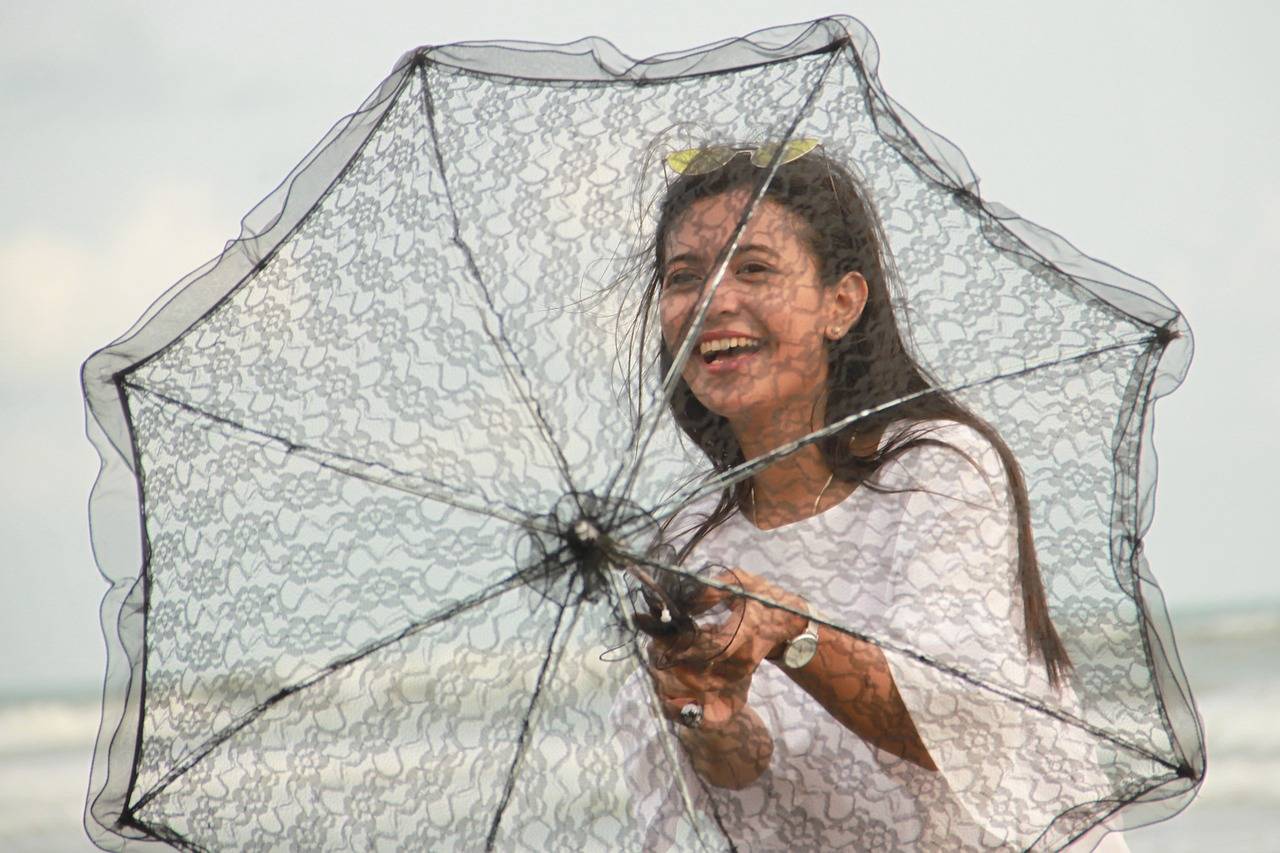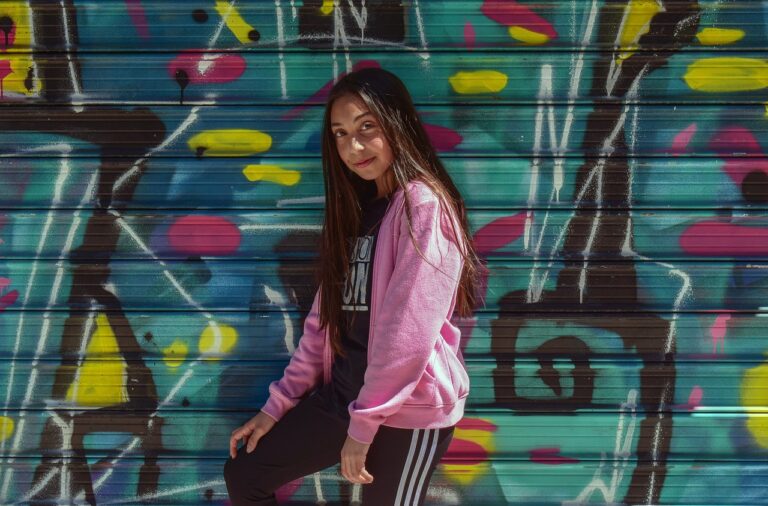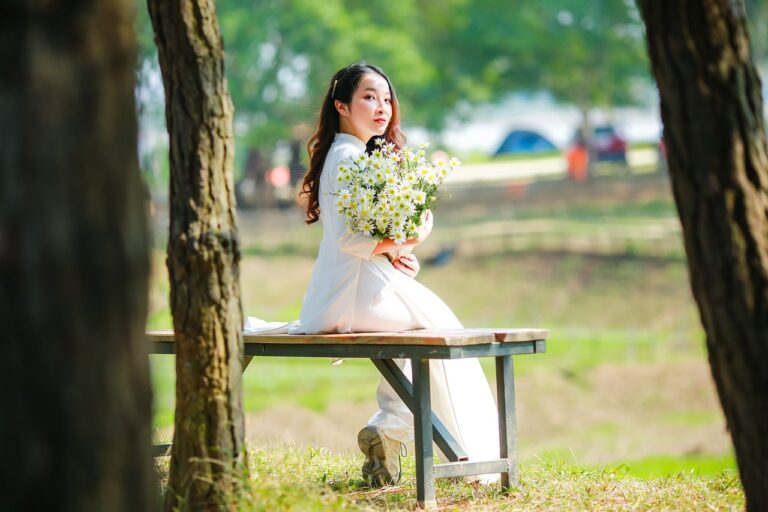The Intersection of Fashion and Politics: Clothing as a Statement
In the realm of politics, fashion serves as a powerful tool for conveying messages and making statements. The clothing choices of political figures can often reflect their ideologies and beliefs, making a visual impact on society. Take for instance the way in which former First Lady Michelle Obama used her fashion choices to champion young American designers and promote inclusivity. By wearing designs from diverse backgrounds, she sent a message of unity and support for emerging talent in the fashion industry.
Additionally, fashion has been utilized by political activists to express dissent and challenge societal norms. Protesters often dress in specific ways to convey their messages, whether through symbolic colors, slogans on clothing, or traditional attire that reflects their cultural heritage. The act of using fashion as a form of political expression can be a bold and effective way to make a statement and spark conversations about important issues.
Historical Examples of Clothing as a Political Statement
Throughout history, clothing has often been used as a powerful tool for making political statements. One striking example is the French Revolution, where commoners embraced simpler, more practical attire to signify their rejection of the lavish and extravagant garments associated with the aristocracy. The adoption of simpler clothing not only conveyed a message of equality and unity but also highlighted the social and economic disparities that fueled the revolution.
Similarly, during the Civil Rights Movement in the United States, African Americans utilized fashion to challenge racial segregation and discrimination. By donning well-tailored suits and elegant dresses, activists like Martin Luther King Jr. and Rosa Parks sought to defy stereotypes and assert their dignity and worth as equals in society. Their sartorial choices served as a visual representation of their demands for justice and equality, inspiring others to join in the fight for civil rights.
The Influence of Political Leaders on Fashion Trends
Political leaders have long held a prominent place in shaping fashion trends. From the bold colors of President Kennedy’s wife, Jacqueline Kennedy, to the tailored power suits of former British Prime Minister Margaret Thatcher, the styles of influential figures have resonated with the masses. These leaders’ clothing choices often reflect their values, personalities, and the messages they aim to convey, setting the stage for fashion trends to follow suit.
Moreover, the impact of political leaders on fashion extends beyond their personal attire. For instance, the traditional dress of a country’s leaders can influence national fashion trends. In many cultures, the clothing worn by political figures during official events or ceremonies becomes a source of inspiration for designers and individuals alike, creating a unique blend of tradition and modernity in fashion. The sartorial choices of political leaders not only reflect the current zeitgeist but also have the power to shape cultural norms and perceptions of style.





